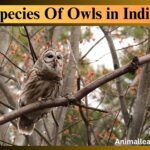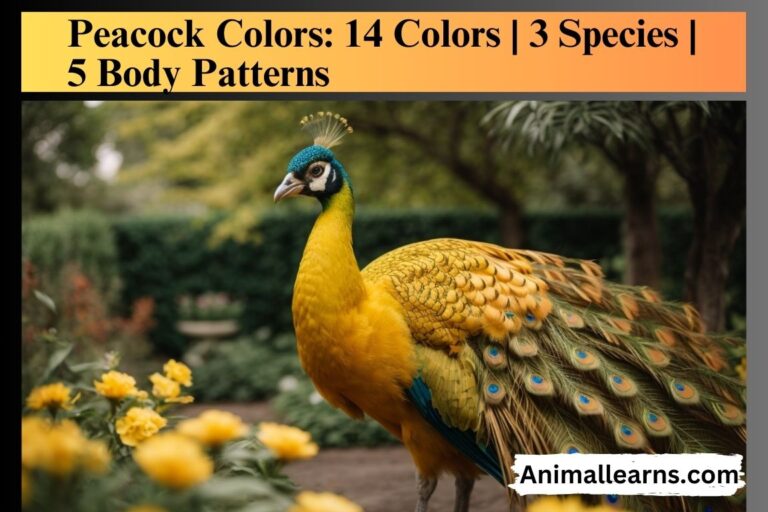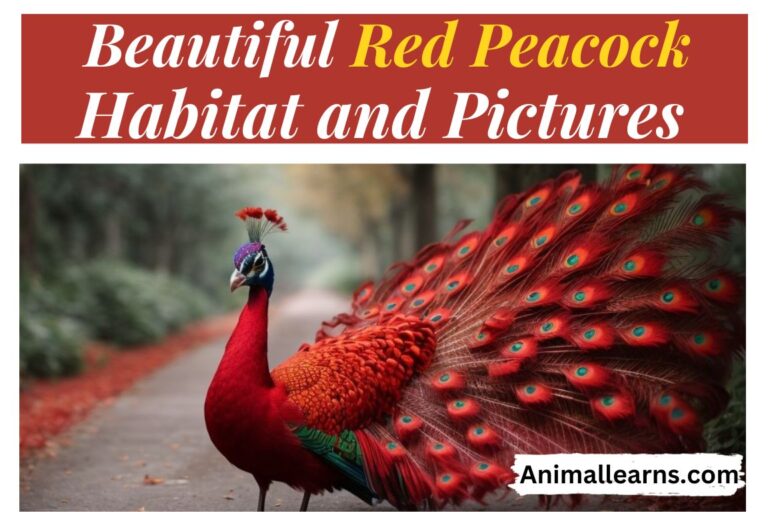Madagascar Red Owl: Facts, Habitat, Diet & Pictures – Animallearns
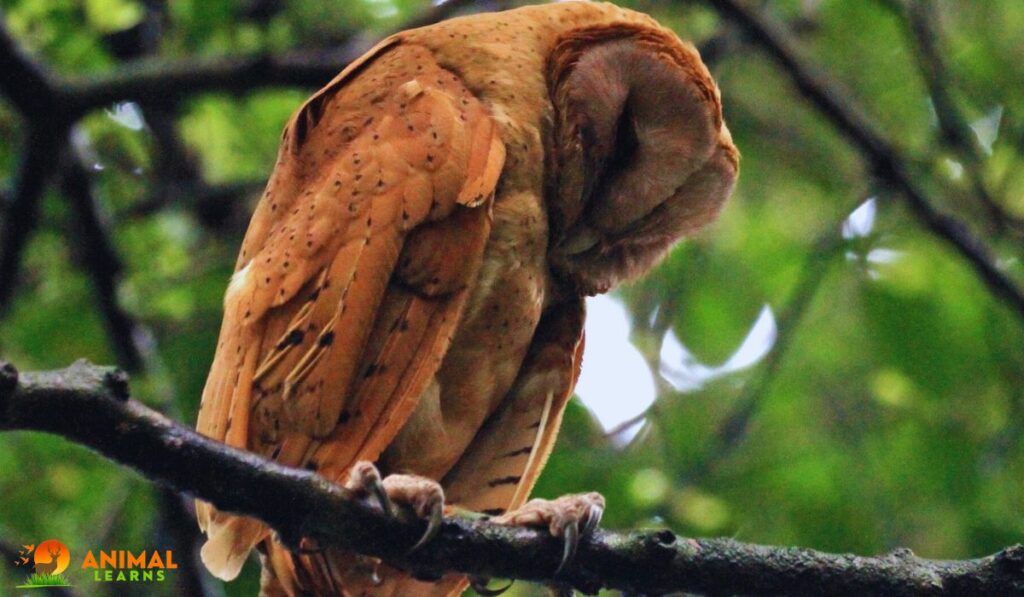
The barn owl family, Tytonidae, includes the red owl (Tyto soumagnei). It is sometimes referred to as Soumagne’s owl, the Madagascar grass owl, and the Madagascar red owl. From the time of its discovery in 1876 until its rediscovery by researchers from the World Wide Fund for Nature in 1993, this unique inhabitant of Madagascar was almost forgotten.
Due to habitat degradation, it is now classified as vulnerable; however, a new study suggests it may not be as widespread as previously thought. More ecological and distributional investigations are needed. It may have gone unnoticed due to its striking similarity to the closely related barn owl.
The red owl has a resemblance to the worldwide barn owl but with a smaller size (27-30 cm) and rich orange feathers flecked with black. It may be found in primary forests and disturbed secondary forests (perhaps even human-changed open spaces) in the east of the island, where it is known to dwell in wet evergreen and dry deciduous forests.
Instead of eating exotic species like barn owls do, it feeds on native small animals including tufted-tailed rats and tenrecs (Tenrecidae). It lives on verdant cliffs and in tree holes where it builds its nests and roosts.
Basic Information about Red Owl:
| Category | Information |
| KINGDOM | Animalia |
| PHYLUM | Chordata |
| CLASS | Aves |
| ORDER | Strigiformes |
| FAMILY | Tytonidae |
| GENUS | Tyto |
| SPECIES | Tyto soumagnei |
| WEIGHT | 323g |
| LENGTH | 275mm |
| WINGSPAN | 209mm |
Red Owl Appearance
Contents
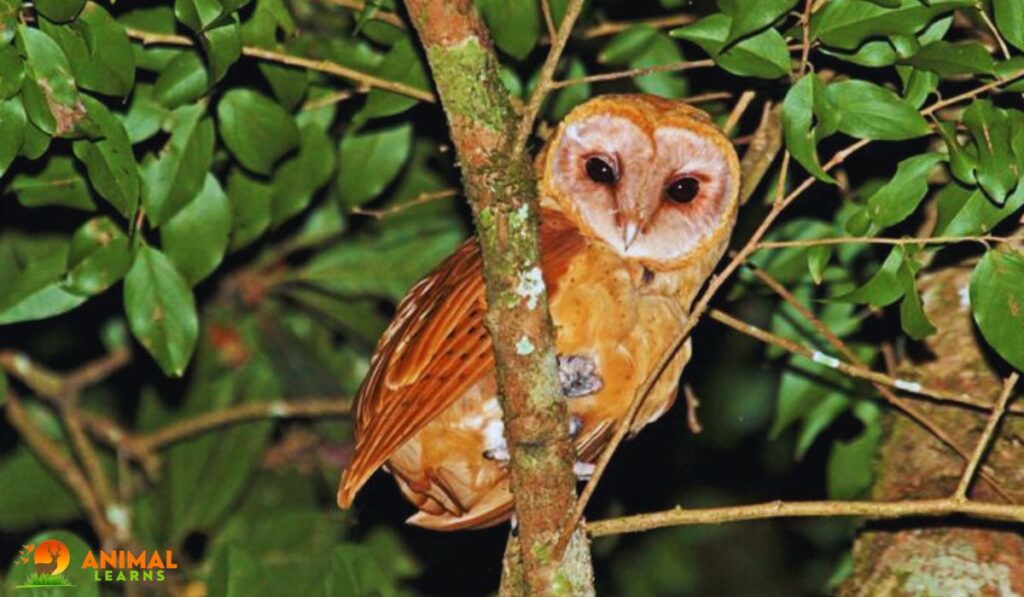
The red owl has tiny black dots on an orange-red body. The cere, a fleshy patch at the base of the upper mandible of the beak, is flesh-colored, and their eyes are usually sooty-black in appearance. The hue of smoke-grey feet. A single specimen was gathered, and measurements were taken: 323 grams of weight, 275 mm of body length, 209 mm of unflattened wing length, 100 mm of tail length, 56.6 mm of tarsus length, and 6.0 mm of breadth, and 11.6 mm of beak length from the core.
Habitat
Habitat Regions: tropical, terrestrial
Other Habitat Features: agricultural, caves
Terrestrial Biomes: rainforest
It is known that Madagascar red owls inhabit and hunt in rice fields, forest borders, and tavies—areas where farming practices have caused deforestation. It is known that they live up to 2000 meters above sea level.
There is evidence of roosting throughout the day around cave openings and along rock ledges. Additionally, it has been observed that Madagascar red owls were seen to have big leaves covering their heads when they roost during the day. Given that the region is known to experience significant rainfall, it has been hypothesized that weather may influence the choice of roost throughout the day.
Diet and Nutrition
The red owl diet has been established by observation and pellet analysis. The majority of their diet consists of island-native small mammals belonging to the families Tenrecidae and Muridae. Insects, frogs, geckoes, tenrecs, rodents (Eliurus spp., Rattus rattus), afrosoricidians (Microgale spp., Oryzorictes Hova), and the eastern rufous mouse lemur (Microcebus rufus) are among the prey species.
All save the black rat (Rattus rattus) are endemic to Madagascar. Tsingy tufted-tailed rats made almost half of the red owls’ prey mass in Ankarana, according to a pellet sample.
Red owls seem to favor small animals, thus there is little to no evidence that they eat frogs in the wild, but when they are kept in captivity, they will often eat frogs. The majority of the prey species live in forests or are located in disturbed habitats and on the border of forests.
Distribution
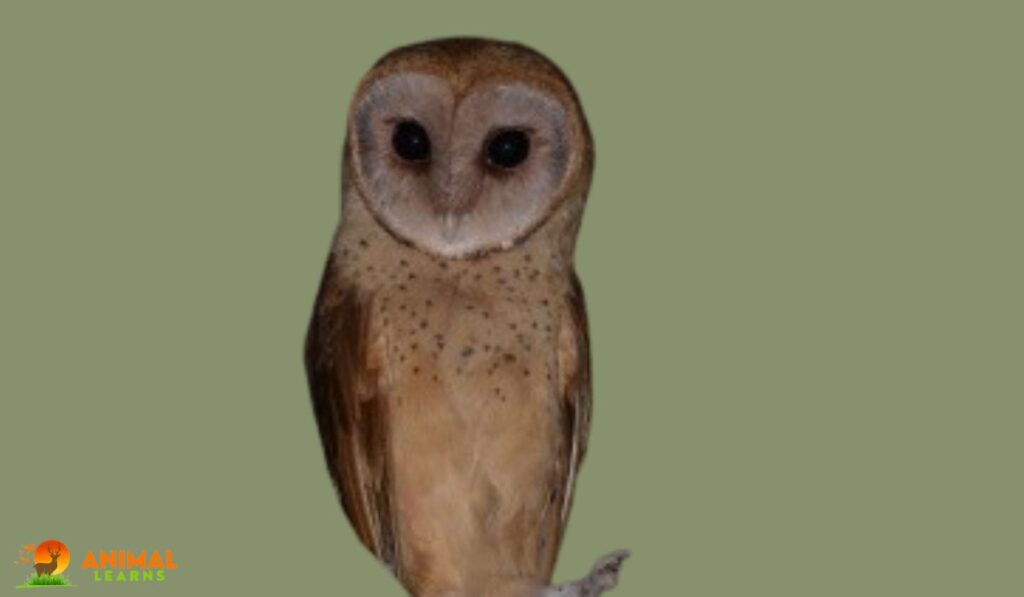
Geography
- CONTINENTS: Africa
- COUNTRIES: Madagascar
- BIOGEOGRAPHICAL REALMS: Afrotropical
Since the red owl’s rediscovery in 1993, surveys and observations have increased, resulting in a frequent evolution of the species’ recorded range. August 1995 saw the discovery of the first known nest close to Ambanizana, Madagascar. Populations were limited in the island’s north and east by early assessments.
Sightings have occurred recently in the extreme southeast lowlands of Tsitongambarika, as well as in the northern region of Madagascar and the eastern half of the island. From sea level to 2,000 meters, a pretty broad altitudinal range is covered by the observations. It has been suggested that the red owl could not be incredibly rare, but rather more reclusive as a result of this extension in its observed range.
This has been contested, but it is still valid to classify a species as vulnerable or endangered if the total number of individuals is low, whether because of a patchy distribution or low population density. The population now ranges from 3,500 to 15,000 people, with a declining tendency, according to cautious estimates.
Despite more thorough survey efforts, a population on the lower end of the population estimate could be accurate given the comparatively small number of sightings throughout history.
With a broader range, the following variables might make the species harder to find:
It lives in isolation, is frequently confused for the barn owl in surveys, and has sporadic or low population densities.
The red owl lives in wet evergreen woods as well as dry deciduous woodlands. When damaged primary and secondary vegetation is present, they prefer to roost on rock ledges in ravines and cave mouths. Usually, roost locations are at least 3.7 meters above the ground.
The species seems to favor habitats that have been mild to severely disturbed, such as rice fields and tavies (regions where the forest has been removed and burned to make room for farming), as well as areas along the forest boundary. This kind of environment is usually included in their home ranges, roost locations, and hunting areas.
Breeding
Tree cavity nests are a little-known fact. Breeding behaviors resemble those of the Barn Owl, most likely. The adults nested in July, at the conclusion of the rainy season, at the sole nest site that has been documented. At around 10 weeks of age, the young were fledged, and four months later they departed from their parents’ domain. It was thought that there were just two eggs deposited.
Are Red Owls Real Or Fake?
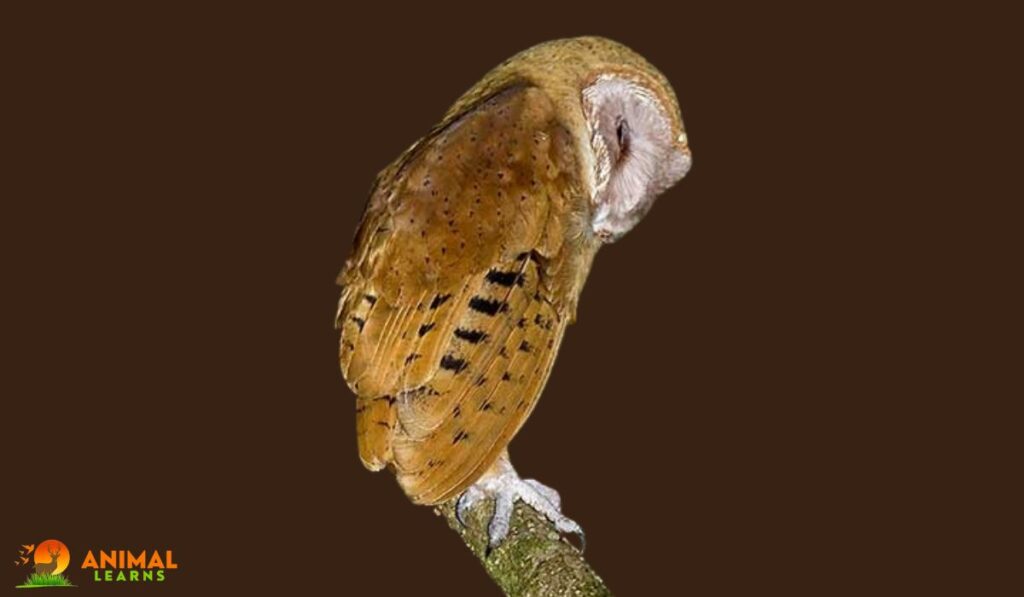
Yes, the red owls are real. It is believed that the Madagascar Red Owl is one of the rarest native birds in Madagascar. Dark-eyed, the Madagascar Red Owl shares similarities with the Spotted Owl. The majority of owl species (not belonging to the Tytonidae family) possess vivid yellow or orange eyes.
Threats
The red owl’s primary concern is the growing pace of deforestation and habitat fragmentation within its forest. Almost 90% of the species on the island reside on or near the edges of Madagascar’s forests, which are among the most ecologically diverse and distinctive in the world. According to an examination of aerial images, there were 160,000 km2 of forest cover in the 1950s, of which 26% was dry woodland, the ideal home for red owls.
A 90% accuracy rate in the analysis of aerial pictures by the 2000s revealed a decline in the amount of forest cover to 89,800–101,100 km2. With most clearance occurring on a local scale along forest borders, this amounts to a 41% drop in the area covered by dry forests.
The most fragmented form of forest was dry forests, which also had the greatest rise in fragmentation between the 1950s and the 1990s. Red owls are at risk due to forest degradation, as are the prey species that the owls depend on, including Tsingy tufted-tailed rats.
Pictures Of Red Owls

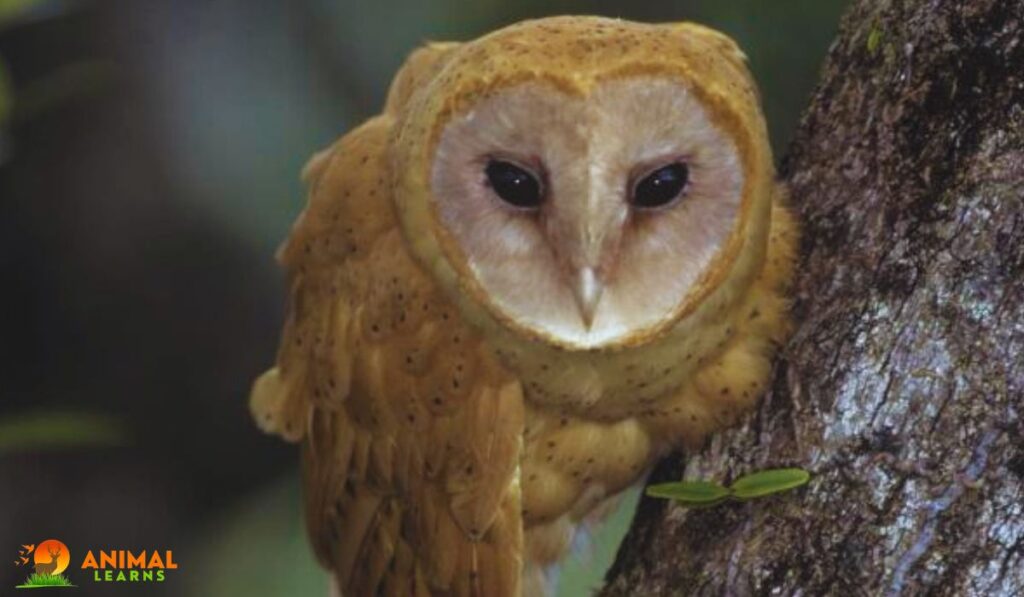
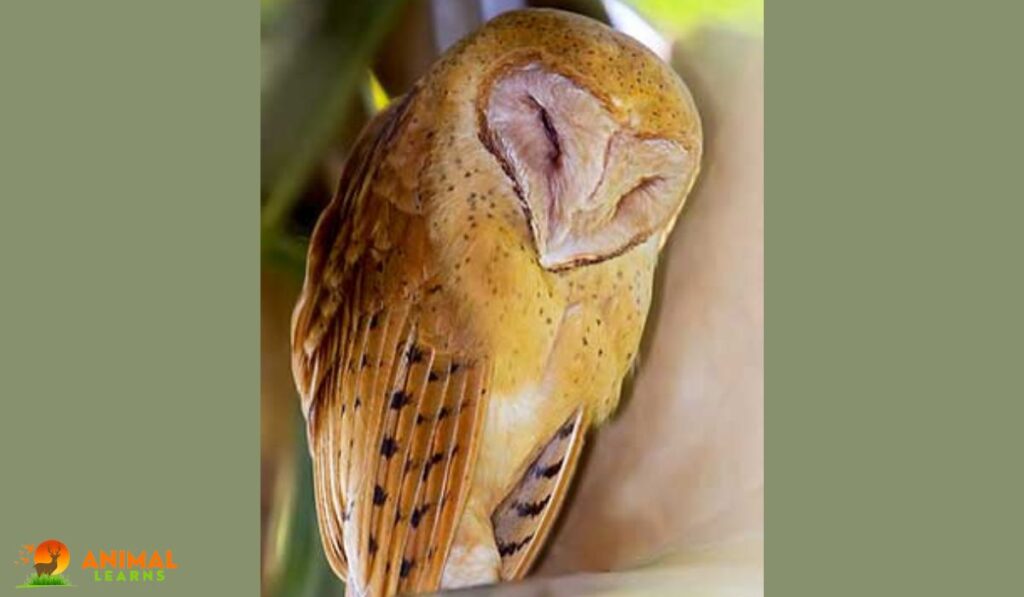
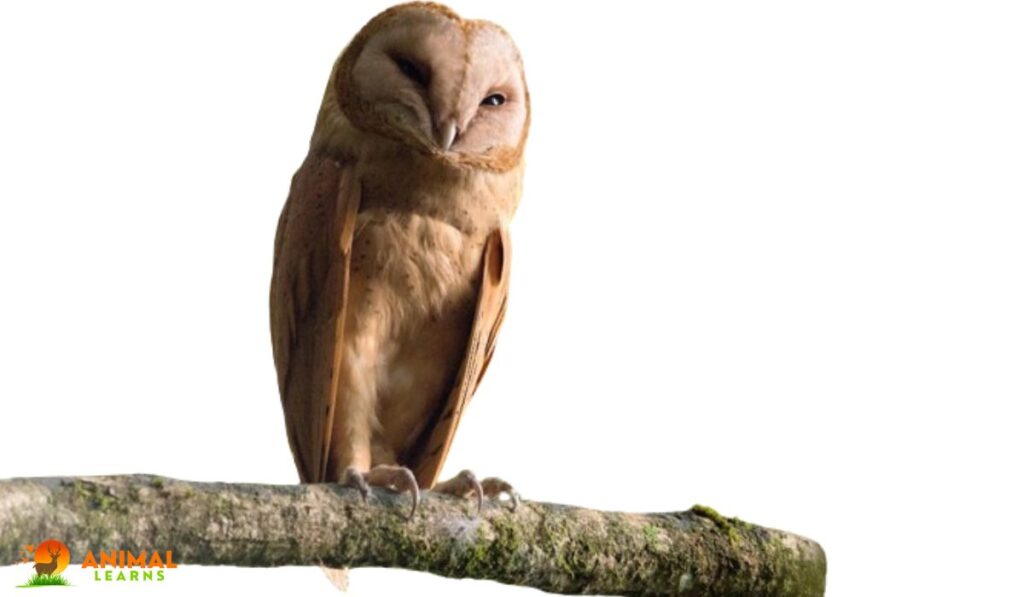
FAQs
What are some facts about red owls?
The red owl lives in wet evergreen woods as well as dry deciduous woodlands. When damaged primary and secondary vegetation is present, they prefer to roost on rock ledges in ravines and cave mouths. Usually, roost locations are at least 3.7 meters above the ground.
What is the diet of the red owl?
The red owl diet has been established by observation and pellet analysis. The majority of their diet consists of island-native small mammals belonging to the families Tenrecidae and Muridae.
What is the Speciality of the owl?
Owls are highly specialized predators, with particular feathers that allow them to fly nearly silently and eyes and hearing that are made to detect prey with ease. They hunt during the night, mostly eating small creatures like rats.
How intelligent are owls?
It is thought to be comparable to the mammalian prefrontal cortex, which is linked to higher order brain operations. Tests conducted on owls in captivity have not revealed above-average intellect, and they do not have such comparatively huge, well-developed brains.
What sets the Red Owl apart from other owl species?
It is distinguished by its distinctive hooting call and stunning reddish-brown plumage.



